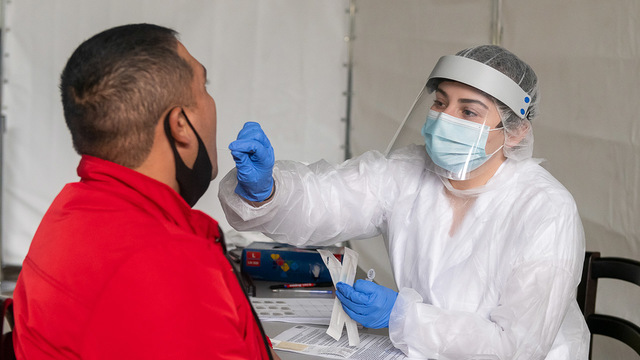With growing coronavirus cases in New York State, the need for paid family leave has become of utmost importance. This is the reason why the state’s governor has signed into law certain new amendments. The new law has made it possible for employees to go on paid sick leave for coronavirus-related issues. It has also asked employers to offer job protection to their employees when they are quarantined. In this blog, we’ll take a look at the proposal’s key points.
John Giorgi says that Law Demands that Employers Give Paid/Unpaid Leave to Their Employees whenever necessary
Under this law, New York State employers are mandated to allow their employees to go on sick leave if advised or ordered by the New York State, a local health board, or any other government entity to go under quarantine or isolate themselves because of COVID-19.
Duration of the leave
How long will that leave be and whether it will be unpaid or paid will be dependent on the employer’s size and annual income. There are some key points of New York PFL for coronavirus which you should keep in mind:
John Giorgi states that employers must provide unpaid sick leave to their employees until their isolation period or quarantine ends. This is for those employers who have a total of at least ten or fewer employees working for them and with an annual income of fewer than one million dollars in the previous tax year.
Taxation
Employers that made more than one million dollars in the previous tax year and with ten or fewer employees are mandated to provide as much as five paid sick leaves to their employees in times of quarantine or isolation. After those five paid leaves, the rest of the days of quarantine or isolation will be unpaid leaves.
According to John Giorgi, employers need to note that the paid/unpaid leaves mentioned above should be given to their affected employees without taking away the accumulated sick leaves of their employees. In simple terms, these government-mandated leaves will be in addition to the employer-provided sick leave.


